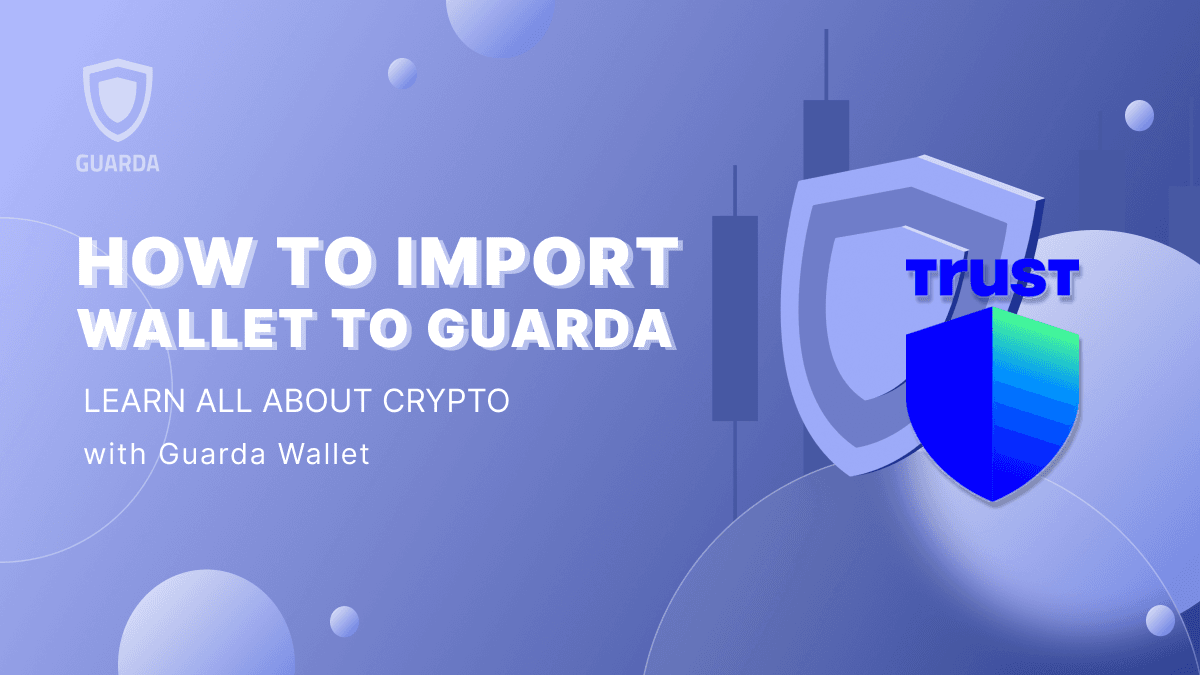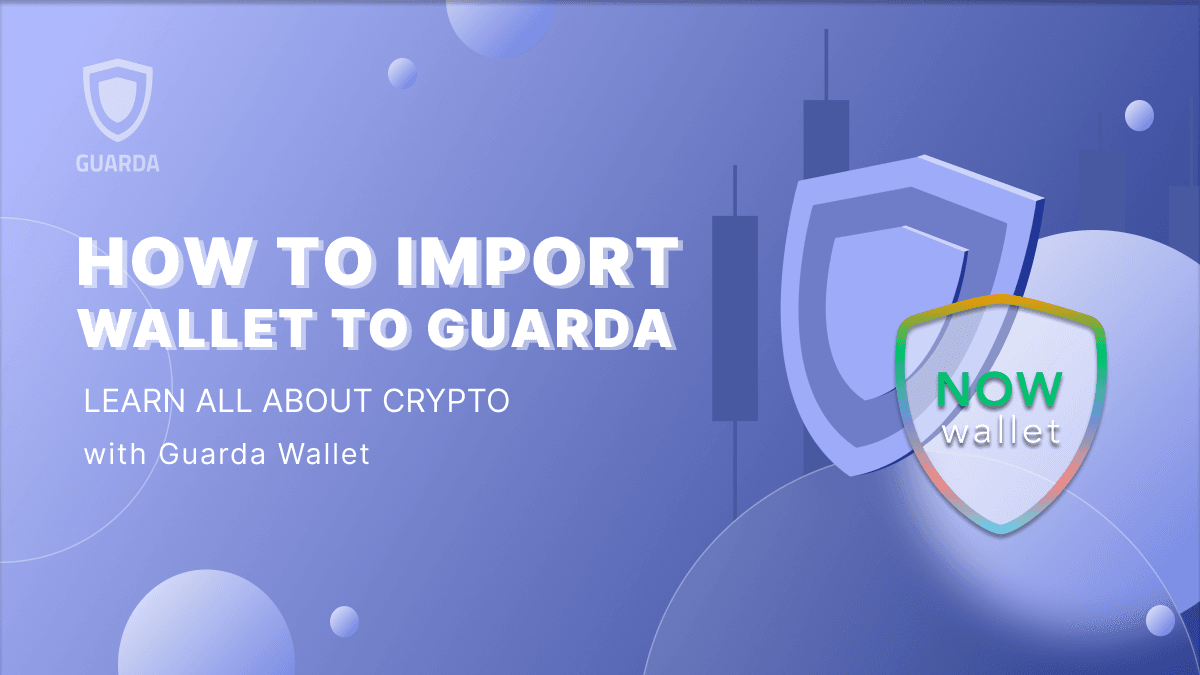With Halloween right around the corner, many people look forward to the decorations, scary costumes, and trick or treating – but some are scared of all the monsters, ghouls, and goblins. Whichever side you fall on, one thing everyone can be frightful of during this spooky time of year is the terrifying experience of sending cryptocurrency to the wrong address – only to watch it disappear like a ghost. The horror!
What happens if I use the wrong wallet address
As more people begin to adopt cryptocurrency as a standard, they are also faced with the scary unknowns of difficult usability. Sending and receiving crypto presents people with the daunting responsibility of copying and pasting public wallet addresses – a seemingly minor task, but one that leaves no room for error.
A single typo in these complex wallet addresses, or the easy mistake of sending cryptocurrency to the wrong type of blockchain, can lead to a terrifying loss of funds. Then there is the notorious man-in-the-middle attack: hackers who use viruses and trojan software to change the wallet address someone copies to the hacker’s own address when the user pastes from their clipboard.
All of these terrors can lead to your cryptocurrency being compromised, and leave you feeling like the trick of poor usability outweighs the treat of self-sovereignty through crypto. But there’s a cure for this curse! One that banishes the risk of using complex public addresses and helps users successfully exorcise the demons of poor usability, no matter the season: FIO Crypto Handles.
What is FIO Crypto Handle?
A FIO Crypto Handle is a unique, human-readable wallet address that is formatted as username@domain and allows users to send, receive, and request any type of cryptocurrency without the fear of using complex public addresses. FIO Crypto Handles are fully customizable – as an example, if Casper the Ghost wanted a FIO Crypto Handle tied to his Guarda wallet, he could either register ‘caspertheghost@guarda’ or personalize his identity with a custom domain to become ‘casper@theghost’. And once your unique FIO Crypto Handle is claimed, you can link it directly to all cryptocurrencies supported by FIO-enabled wallets and exchanges – a treat not only for usability, but interoperability too!
What is FIO Protocol?
This interoperability is made possible by the FIO Protocol, a decentralized usability layer that facilitates cross-chain datashare in a secure and self-sovereign fashion. The FIO Protocol does not compete with nor interfere with any other blockchain, it simply works with the broader blockchain ecosystem to bring much-needed usability to an otherwise spooky process.
Sending Bitcoin to a FIO-enabled wallet is as easy as typing the recipient’s FIO Crypto Handle into the “Send To” field on the transaction screen. And if you want someone to send Litecoin to your FIO-enabled wallet, you can send a request for the amount owed by entering their FIO Crypto Handle in the “Request From” field. It is that simple and easy – no need to worry about sending to the wrong wallet address, wrong chain, or potential man-in-the-middle attacks.
How to get your FIO Crypto Handle
FIO Crypto Handles put your fears to rest, and help make Halloween more about the decorations, costumes, and candy than the monsters, ghosts, and ghouls. Set up your Guarda wallet today to claim your unique FIO Crypto Handle, and see firsthand how Guarda + FIO Protocol take the fright out of crypto!



